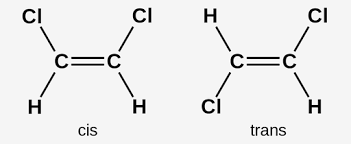A 63 year old female presents to your OPD with complaints of Dizziness, palpitations and apprehension. She also complaints of difficulty in breathing , a dry cough and retro sternal discomfort.
Her pulse is 130 beats/ minute and Blood pressure is 145/90 mmHg. Oxygen saturation is 92 percent .
Temperature is 37 C.
Chest is clear on auscultation.
On examination :
She has a goitre visible, mainly in the midline.
There is mild putting oedema of the feet.
An ECG is done, which is shown below:
1. What are the findings in the ECG?
2. What further investigations should be performed?
3. What is the most likely Diagnosis?
4. How should this patient be managed?
Copyright reserved with Author.
Anonymized data with consent taken for teaching purpose.
Answers in comments section.
1. Findings in the ECG:
Irregular R-R interval.
Absent p waves.
Heart rate varying between 110-125 BPM.
2. Further investigation:
Thyroid function Tests
Ultrasound of Thyroid gland and Radio iodine uptake scan if Thyroid function Tests show Thyrotoxicosis.
Chest X rayFull blood countSugar and Cholesterol levelsPro BNP and Echocardiogram.
3. Most Likely Diagnosis
Atrial fibrillation.
Most likely Thyrotoxicosis
4 .Management
Since patients Blood pressure is stable, first line of management would be chemical cardioversion. Medication of choice include:
Bisoprolol 2.5 - 5 mg BD Other options include: Digoxin. and IV Metoprolol 5 mg .
Use Code
ZVN
at these websites for special discount at noon UAE and SAUDIA
https://www.noon.com/uae-en/
https://www.noon.com/saudi-ar/
Use Code
AE21
for websites below for special discountat underarmour uae and saudia
https://www.underarmour.ae/
https://www.underarmour.sa/
Use code
D1671
for discount at boots Arabia at websites below :
·
https://www.ae.boots.com/
·
https://www.sa.boots.com/en/
·
https://www.kw.boots.com/en/
·
https://bn.boots.com/en/
·
·
https://qt.boots.com/en/
Use Code
OU37
at websites below for Aldakheel
oud for discounts
https://shop.aldakheeloud.com/






























